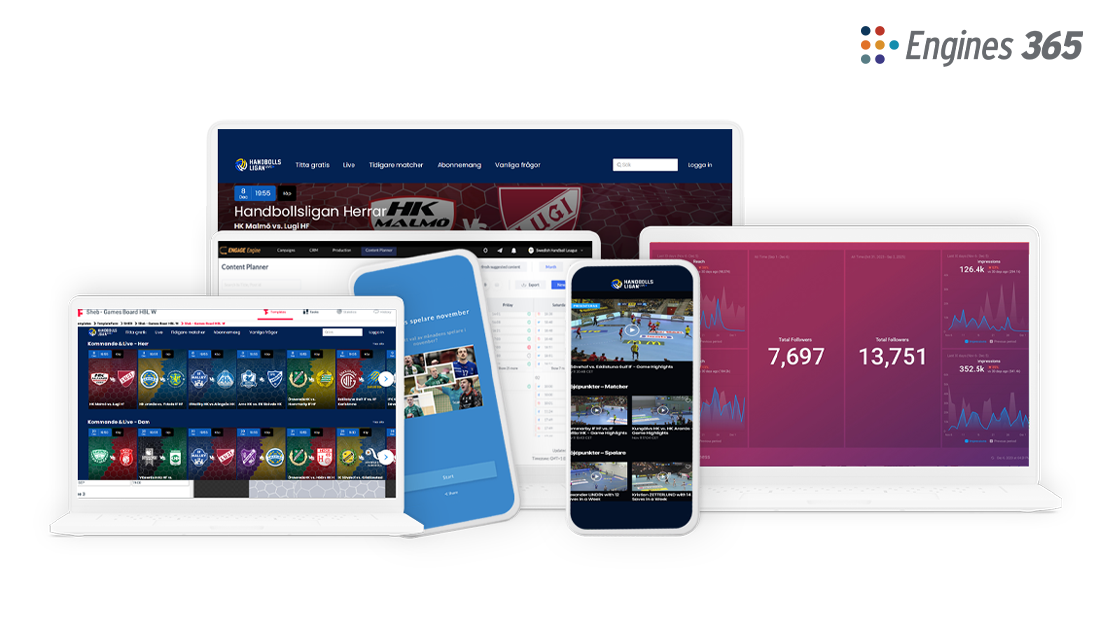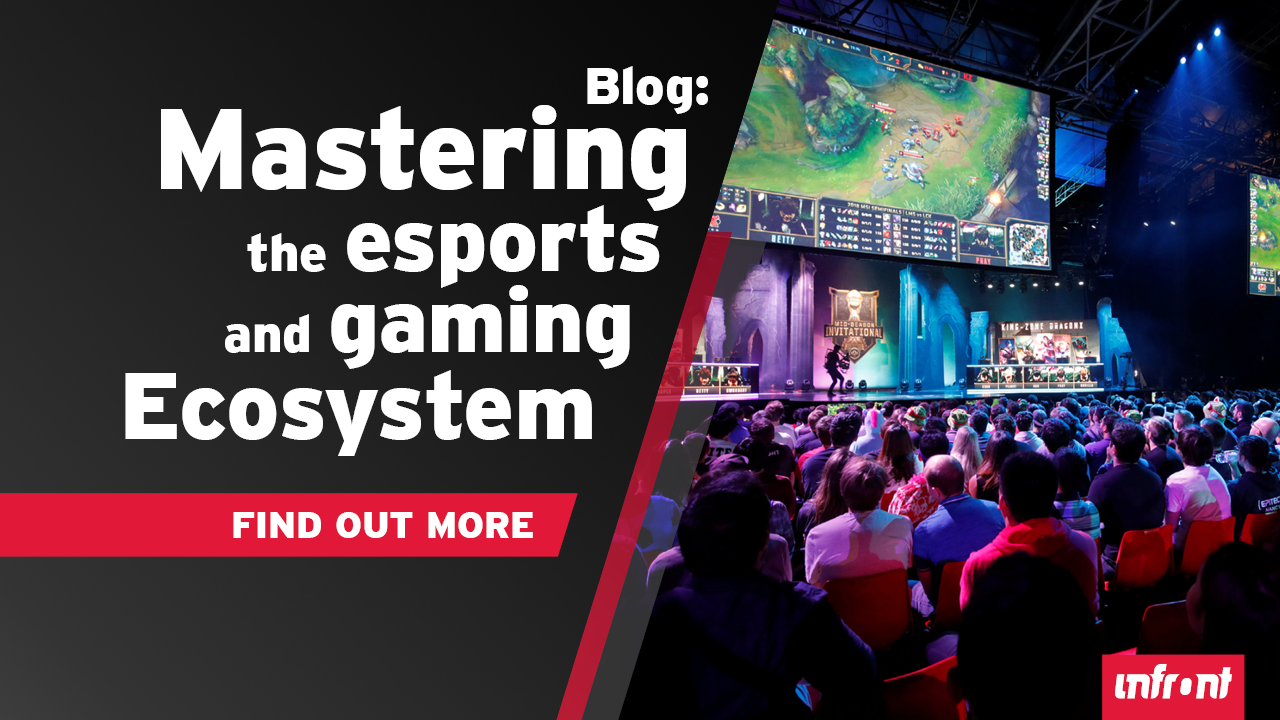This is the second of two blogs from an interview with iWorkinSports. You can view the first blog here and both videos on the iWorkinSports YouTube channel.
When Rupert Murdoch was launching his sports channels and networks in the US, he pinpointed sport as being key to its success. Murdoch understood that sport could be used as a magnet to gain subscribers because it draws and attracts as strongly as a high-rated show on a regular basis.
History appears to be repeating itself now as we see an increasing number of platforms enter live sports. Amazon, Facebook, YouTube and Tencent have all been gravitating towards sports to distribute live content on their platforms.
Being realistic I do not personally believe you are going to see Facebook, YouTube and Amazon buy rights to something like the FIFA World Cup anytime soon, but nothing is stopping them being in a position to do so in 10 or 20 years. All already have a critical mass of subscribers -- perhaps with the exception of Amazon -- and they will justify a broad distribution of that content across a key set of consumers worldwide.
Unlike the past where you had country- and region-specific cable channels, distribution is going global. If you are one of the above platforms, any opportunity to distribute content on a global basis to a wide audience is going to pique interest.
It will be interesting to witness how these platforms start distributing sport. Whilst they will inevitably encounter problems -- Amazon's issues streaming the ATP Finals in the UK is a recent example -- it is almost certain that growth will continue.
New platforms for new generations
In my recent interview with Joao Frigerio from iWorkinSports he raised the point that sports fans are, on average, getting 11 months older each year.
Whilst I do not think sports fans are getting older, I do think traditional distribution is mostly aimed at the older generation. In short, the data does not reflect the reality.
Relying on that traditional model doesn't bode well for a sport that wants to be around over the next decade or so. The number of people under 20 who are consuming sport in what we as an industry consider traditional (i.e. broadcast) is in the minority.
Sports fans are not getting older, methods of distribution are simply changing. Nowhere is that more evident than with esports, with the main players manoeuvring to position themselves where they knew their fans would be. That is when you can start using digital to connect fans to brands, as I spoke about at the end of last year.
Organisations now, more than ever, need to broaden their scope in fan engagement. Content distribution that sits on your website and sits on social platforms can be easily consumed on a phone, and that is how you build a fan base in this current climate. Moreover, if you are not able to build on that connectivity you will become irrelevant.








